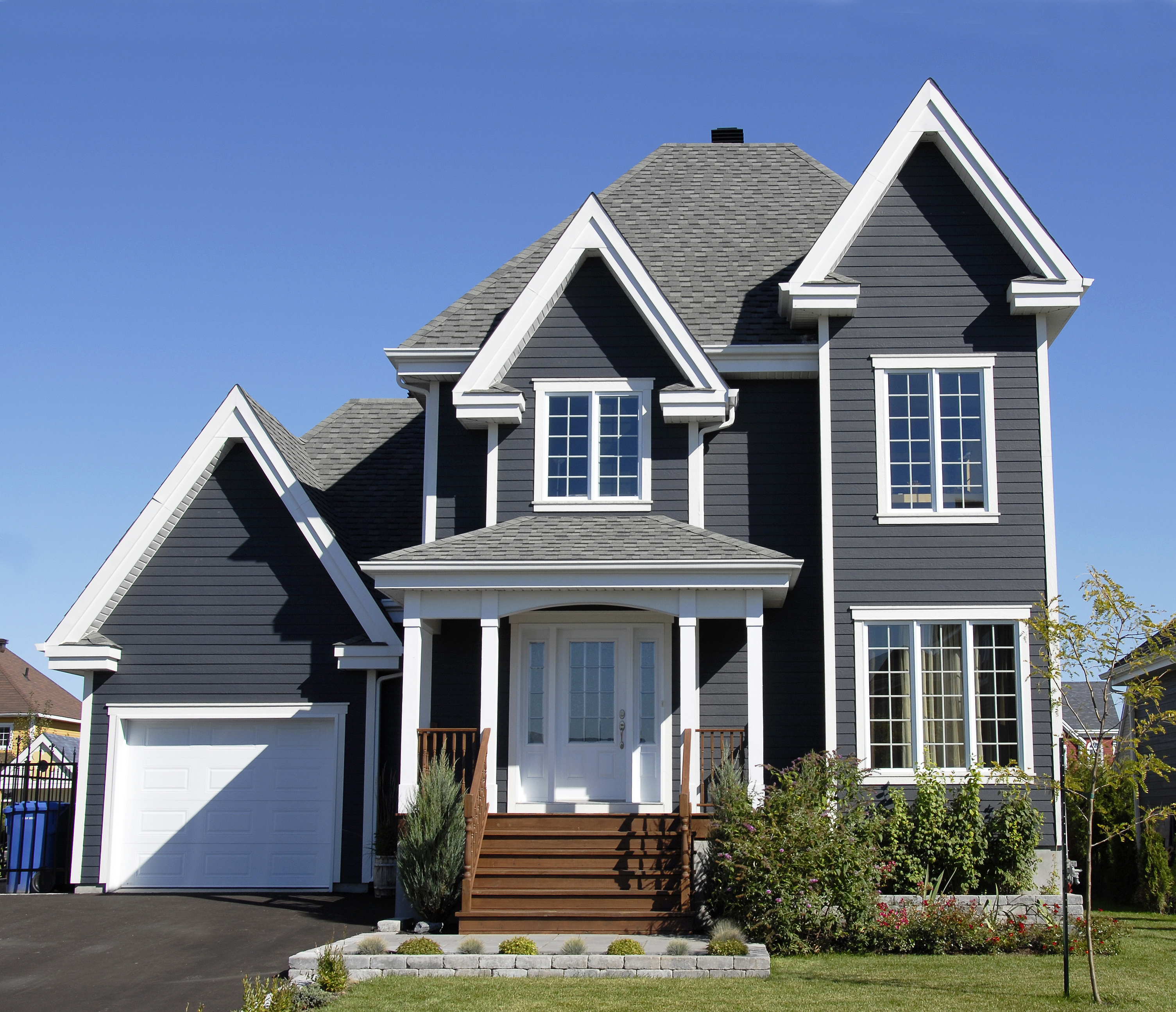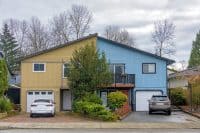
The NAR reported that 51 metro areas posted double-digit increases in the first quarter, up from 37 in the first quarter of 2014 and 24 in the fourth quarter of 2014. The national median existing single-family home price in the first quarter of 2015 was $205,200, up 7.4% from $191,000 in the first quarter a year ago.
According to NAR, the five most expensive housing markets in the first quarter of 2015 were:
- San Jose, Calif., median existing single-family price of $900,000
- San Francisco, $748,300
- Honolulu, $699,300
- Anaheim-Santa Ana, Calif., $685,700
- San Diego, $510,300
- New York City, $466,700
- Boulder, Colo., $442,200
- Los Angeles, $434,700
- Naples-Marco Island, Fla., $405,000
- Nassau-Suffolk, N.Y., $404,200
ALSO READ: 9 States Running Out of Water
The 10 least expensive metro areas in the first quarter were:
- Youngstown-Warren-Boardman, Ohio, median existing single-family home price of $64,300
- Cumberland, Md., $71,600
- Rockford, Ill., $78,600
- Decatur, Ill., $82,200
- Toledo, Ohio, $83,800
- Akron, Ohio, $95,400
- Binghamton, N.Y., $96,200
- Fond du Lac, Wis., $96,600
- Kankakee-Bradley, Ill., $99,500
- South Bend-Mishawaka, Ind., $102,100
NAR’s chief economist said:
Sales activity to start the year was notably higher than a year ago, as steady hiring and low interest rates encouraged more buyers to enter the market. However, stronger demand without increasing supply led to faster price growth in many markets. Sales could soften slightly in some of these markets seeing sharp price appreciation unless housing supply markedly improves and tempers its unhealthy level of growth.
Homeowners throughout the country have enjoyed accumulating household wealth through the steady rise in home values in the past few years. However, some homeowners are hesitant to move-up and sell because they aren’t confident they’ll find another home to buy. This trend—in addition to subpar homebuilding activity—is leading to the ongoing inventory shortages and subsequent run-up in prices seen in many markets.
ALSO READ: The Happiest (and Most Miserable) Cities in America
Mortgage interest rates have remained right around 4% or less for most of the year, and national family median income has risen slightly to about $66,250. According to the NAR, in order to purchase a single-family home at the national median price of $205,200, a buyer making a 5% down payment would need an income of $43,466 to qualify for a mortgage. At 10% down, the income requirement drops to $41,178, and with a 20% down payment the income needed drops to $36,603.
It’s Your Money, Your Future—Own It (sponsor)
Retirement can be daunting, but it doesn’t need to be.
Imagine having an expert in your corner to help you with your financial goals. Someone to help you determine if you’re ahead, behind, or right on track. With SmartAsset, that’s not just a dream—it’s reality. This free tool connects you with pre-screened financial advisors who work in your best interests. It’s quick, it’s easy, so take the leap today and start planning smarter!
Don’t waste another minute; get started right here and help your retirement dreams become a retirement reality.
Thank you for reading! Have some feedback for us?
Contact the 24/7 Wall St. editorial team.


